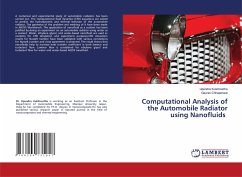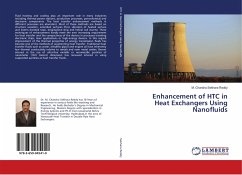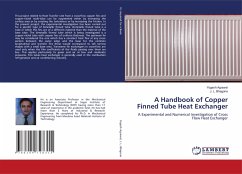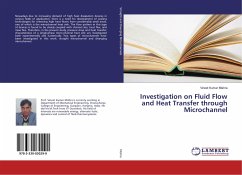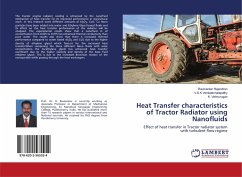A numerical and experimental study of automobile radiators has been carried out. The computational fluid dynamics (CFD) equations are solved to predict the hydrodynamic and thermal behavior of the automobile radiator. The geometry of the problem and meshing of it have been made in ANSYS Workbench. The application of nanofluid as a coolant has been justified by doing an experiment on an automobile radiator using water as a coolant. Water, ethylene glycol, and water-based nanofluid are used as coolants for CFD simulation and experiment purposes.CFD simulation results for Nusselt number have been validated with various correlations for Nusselt number and close agreement is observed. The result shows that nanofluids help to increase heat transfer coefficient in both laminar and turbulent flow. Laminar flow is considered for ethylene glycol and turbulent flow for water and water-based Al2O3 nanofluid.

